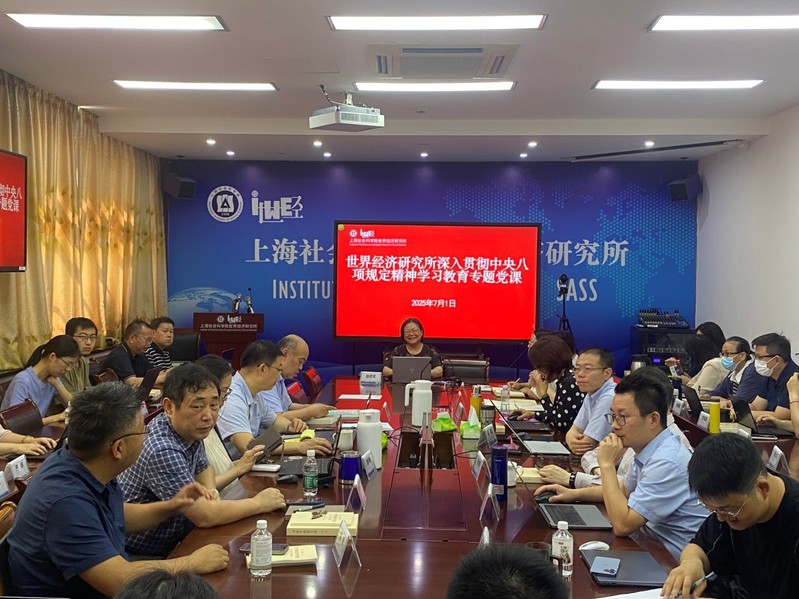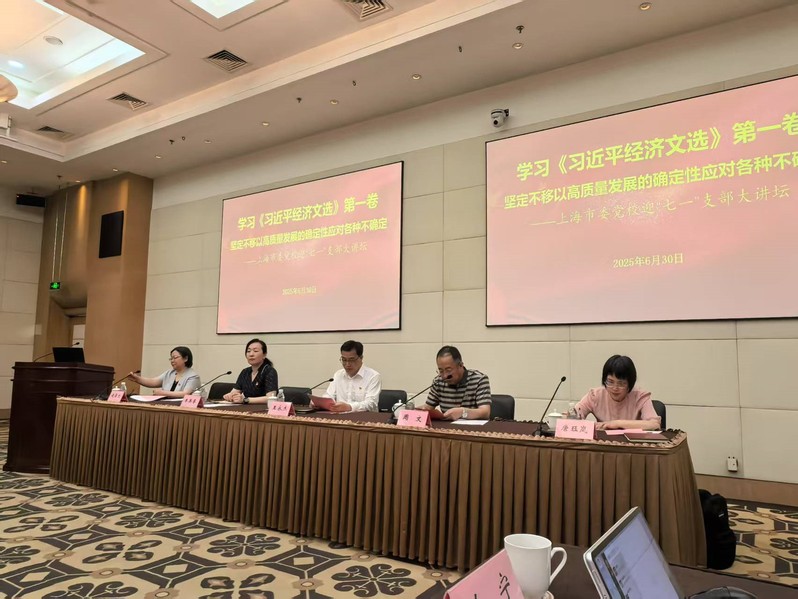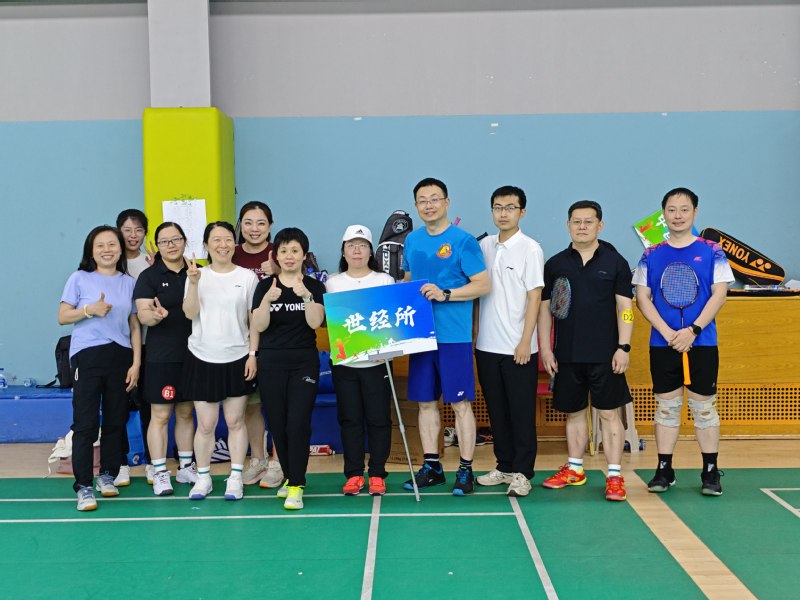Although the Chinese State Statistical Bureau’s newly modified CPI Index was as high as 4.9% for the first month of 2011, many expected it to be higher if it had not been modified to include the weight of different commodity categories. To some extent, inflation pressure in China is still very high and the market expects the central bank of China, the PBC, to raise interest rates at least twice and reserve rates one or two times again in the first half of the year.
If we look at monetary supply and commercial banks’ credit levels in 2010, the time-lag impact of excessive liquidity is on the high side. By the end of 2010, the M2 grew by 19.7% and overall new credit issued in the year was RMB 7.95 trillion, an increase also of 19.7%. They both exceeded annual targets, which were 17% and RMB 7.5 trillion respectively. They were supposed to contract to target levels, because monetary supply and credit grew dramatically in 2009, leading to an excess of liquidity and a real estate bubble. However, in the first month of 2011, we find the M2 still growing by 17.2% compared with the same month last year. Credit grew also by 18.3% compared with the same month last year. Although both were much lower than last year’s growth rate, they are still higher than the target rate of 16%.
Three influences can be attributed to the high growth rate of monetary supply. The first is the continuing high demand for credit for tens of thousands of on-going construction projects launched by local governments in 2009 to fight the global financial crisis. Even when the central government started from November last year to control increasing local government debt, the majority of projects could not easily be stopped and continuously required new credit. The second influence is that banks tried to find new ways to satisfy the demands for credit while observing the strict credit quota controls imposed by the PBC and CBRC. By shifting out of credit assets to trust and investment companies, they circumvented the limits to increase their lending.
The main reason for this is that the banks have plenty of liquidity and as the lending and deposit interest gap is usually 3-4 percentage points it is their main source of income and profit. The third influence is that
In 2010, China’s foreign exchange reserve increased by US$469.6 billion which alone would increase monetary supply by more than RMB 3 trillion. Many economists in China see this round of inflation as imported and “cost pushed” rather than “demand pulled.” They believe that the price hike in raw materials has caused domestic prices to rise. They further believe that the cause of the rising price of international raw materials is the excessive supply of the US dollar as a result of the US Fed easing monetary policy. When
Of course, the external world economic situation has great impact on the Chinese economy and inflation pressures. The US Fed’s QE2 has some negative impact on
In another strategy to effectively fight inflation, the Chinese government adopted a new concept of Total Social Financing in which it will oversee the volume of credit provided by banks, the amount of bonds and stocks issued by companies and other forms of credit provided by trust companies. This Total Social Financing will not only cover bank credit but also other forms of finance that influence asset and commodity prices. By strictly controlling the expansion of aggregate monetary supply and credit, inflation in
What about economic growth if monetary policy is further tightened? I think a gradual exit out of simulative monetary policy will not harm
To me, the biggest challenge faced by the Chinese economy is not containing inflation or the growth rate dropping, but rather the diminishing of entrepreneurship. Many private entrepreneurs have quit their businesses and cashed in fixed assets to invest in the financial or real estate sector. On the other hand, most state-owned enterprises at the same time are trying to using their monopoly status or privilege to drive monopoly profits. Less and less companies, both private and public-owned, have long term vision and are willing to take risks to invest in new technology and new ventures. Only governments at every level appear to be focused on driving innovation, but they do not really know how or do not really want to provide the necessary conditions for innovation because it may cause them to relinquish short-term revenue. If this situation doesn’t change quickly, I believe, sooner or later, we will face real economic difficulties. Therefore, the 12th Five Year Plan has rightly focused on transformation of
Xu Mingqi is senior research fellow at Shanghai Academy of Social Sciences and guest professor of SIIS.
来源:网站China&US Focus





